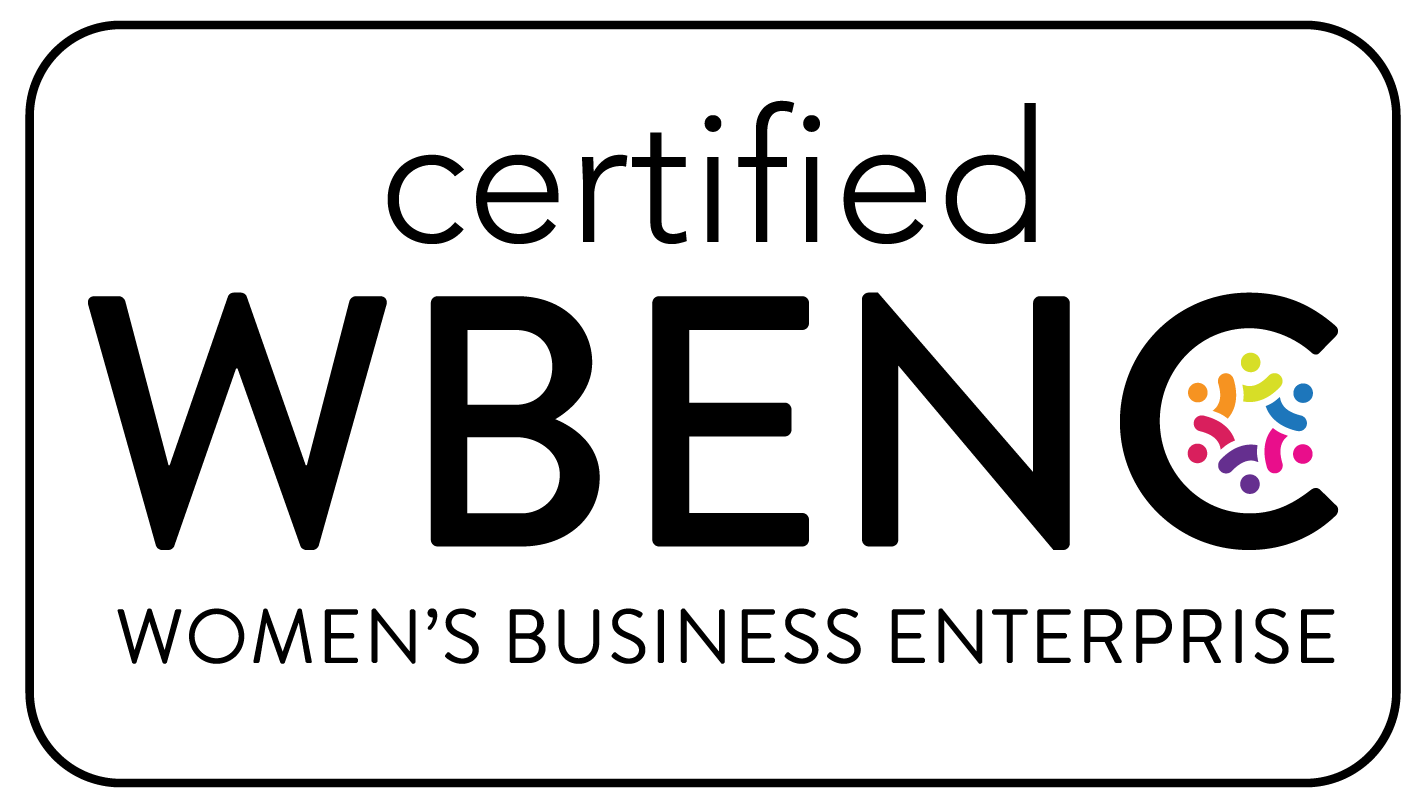Early Intervention: Reducing Common Occupational Injuries

What if your organization could eliminate 1 in 4 of its Days Away from Work, Job Restriction, or Transfer (DART) injuries. Read on to learn how injury prevention programs that target musculoskeletal injuries can help your business successfully reduce common workplace injuries.
Author: Joseph Christian
April 10, 2024
DART injuries are not desired by employees or their employers. For employees, it reduces their health and productivity, has the potential to cause chronic illnesses, and can indicate an unsafe work environment. For employers, it often leads to unnecessary recordable injuries, increases worker’s compensation costs, and can create a feeling in your workforce that health and safety are not prioritized.
According to the Bureau of Labor Statistics (BLS), nearly half of the 2.14 million DART injuries from 2021-2022 were musculoskeletal in nature. The silver lining to this number is that most musculoskeletal injuries are avoidable when you partner with medical professionals who have the knowledge to observe, assess, and react with appropriate preventative actions.
What is Early Intervention?
Simply put, it is a strategy to identify risk factors and address them before they lead to a workplace injury. Because early intervention is a buzzword in occupational health, it is beneficial to dig deeper and more clearly define some important aspects of of early intervention that should be part of injury prevention programs. The last thing a health and safety program needs is to be caught in the hype. For instance, investing in wearable technology to identify ergonomic issues, but then failing to tie this to interventions from qualified medical professionals, like job conditioning and stretching.
Effective injury prevention programs:
Are a process where qualified medical professionals observe, assess, and act in partnership with your business’s health and safety team.
Focus on preventable musculoskeletal injuries to achieve the best outcomes.
Should include wellness support to wholistically think about the health of employees.
May require a cultural change from reacting to injuries to preventing them and having the patience for interventions to reap their benefits. This includes encouraging employees to engage in early reporting of risks and warning signs.
Need to be linked with a comprehensive occupation injury care program to address injuries when they do occur.
What Does a Successful Injury Prevention Program Look like?
Not all injury prevention programs are equal. To achieve optimal results, your organization needs to find a partner who can work with you to identify, prevent, and manage workplace injuries. All three parts are critical because you need to create a process that can observe, assess, and react using occupational medical best practices.

Identify Potential Injury & Risk
Musculoskeletal injuries don’t happen overnight; they develop over time. This is why early intervention needs to start with identification. Whether an employee is complaining about soreness or is improperly lifting a heavy object – these are indicators of potential future injuries that need to be documented and tracked. Here are the kinds of evidence-based services you should look for when you build a program.
Posture Analysis: a tool to recognize trends and posture changes over time, which can identify musculoskeletal deficiencies and injury potential.
Functional Movement Screen: helps to identify musculoskeletal injury potential and risk so a trained provider can develop data-driven ergonomic solutions.
Ergonomic Analysis: a review provided by a trained professional to identify risk trends.
Physical Demands Analysis: a deep dive into a specific job duty to provide a foundation for effective and safe hiring. Additionally, it identifies pain points that can be addressed with ergonomics and/or stretching and strengthening programs.
Physical Demands Testing: data-driven testing based on specific job duties to reduce injuries upon hire and/or upon returning to work.
Wellness support: designed to identify employee needs holistically to maximize utilization of existing employee benefits and appropriate community resources.
Your injury prevention program should not stop at identification. Sadly, this is where some programs end – a vendor hands off the details and calls it a day. But, unless you have qualified medical professionals on your health and safety team to turn this information into a clear plan to prevent the risk, this is not a course of action you should take. Don’t leave your employees in a lurch where they know there is a risk but don’t know how to properly address it.
Intervene to Prevent the Injury Risk
Intervention is all about having a clear, medically sound plan to address risks to reduce the occurrence of workplace injuries.
Does your organization have a partner that has:
Medical professionals that are experts in injury prevention?
A multiplayer intervention plan that can adapt to your reality?
Impactful interventions start with medical professionals like Musculoskeletal Intervention Specialists (MIS), who are Certified Athletic Trainers with expertise in addressing musculoskeletal injuries, which account for nearly half of DART cases.
Injury prevention is one of the key areas of focus for Musculoskeletal Intervention Specialists because their training focuses on providing proactive efforts to reduce injury for individuals in an occupational setting. A MIS provides general injury prevention guidance, develops group-specific programming, and works with individuals to provide specific injury prevention measures based on movement patterns, posture, and work activities. (Learn more by reading our blog on this topic.)
Interventions should also have various programs that build off each other and that your employees can access when and where they need them. Injury prevention services should include:
Stretching/Strengthening: tailor-made programs specific to one or more job duties that target at-risk muscle groups.
Job Conditioning: exercises that help ease discomfort and target at-risk muscle groups either pre or post-injury.
Wellness Support: holistic early intervention that maximizes utilization of existing employee benefits and appropriate community resources.
While effective interventions will greatly reduce workplace injuries, they will not stop them entirely.

Manage Injuries
As noted above, no workplace is immune to injuries. To experience the full benefits of an injury prevention program, it needs to work in cooperation with a well-managed occupational medical program.
When the two work in synergy, the risks and insights identified by preventative services can help inform the treatment and recovery of related injuries.
For optimal outcomes, it is best to have a vendor that can provide both injury prevention services and occupational healthcare because this allows for:
Seamless sharing of information in one centralized location.
Better tracking of risks and the injuries they cause can help inform better preventative actions and treatment of injuries.
Benefits of Early Intervention
When an injury prevention program is properly set up and linked to your existing health and safety efforts, it will decrease negative metrics like DART, OSHA recordables, and reduce the cost and number of workers’ compensation claims. Additionally, a preventative focus helps increase employee engagement with health services, satisfaction rates, and productivity.
Many injury prevention programs can cut common workplace injuries in half. Let’s take a hypothetical situation to see how prevention can help your company’s bottom line. Let’s say your organization has 100 strain injuries a year. According to OSHA’s online Estimated Costs of Occupational Injuries and Illnesses tool, the total cost of a strain injury is over $67,000 per injury.
If no preventative action is taken, this seemingly minor musculoskeletal injury will put a major $6.7 million burden on your business. However, early intervention and prevention services led by an MIS with expertise in musculoskeletal injuries can easily cut the number of injuries by 50%, effectively saving your organization $3.35 million.
CAREonsite has seen even better outcomes from its services led by Musculoskeletal Intervention Specialists. For instance, our preventative services at a major manufacturer reduced workers’ comp claims by 80%!
The question you need to ask is – could your business save millions of dollars by partnering with a robust injury prevention program that cooperates with your existing EHS structure to prevent unnecessary injuries from happening?
Choose the Right Partner
CAREonsite is here to help. Our team is standing by to help guide you on how to get the most out of an injury prevention program. Reach out to us today.
- athletic trainer
- athletic training
- careonsite
- DART
- Days away from work
- early intervention
- EH&S
- Ergonomic Analysis
- exercise
- Functional Movement Screen
- health and safety
- health and safety programs
- health outcomes
- industrial athlete
- injury management
- injury prevention
- Job Conditioning
- musculoskeletal injuries
- occupational health
- occupational healthcare
- Physical Demands Analysis
- Physical Demands Testing
- physical therapy
- Posture Analysis
- sports medicine
- strength training
- stretching
- Tang+Company
- wellness support
- work-related injuries
- worker safety

